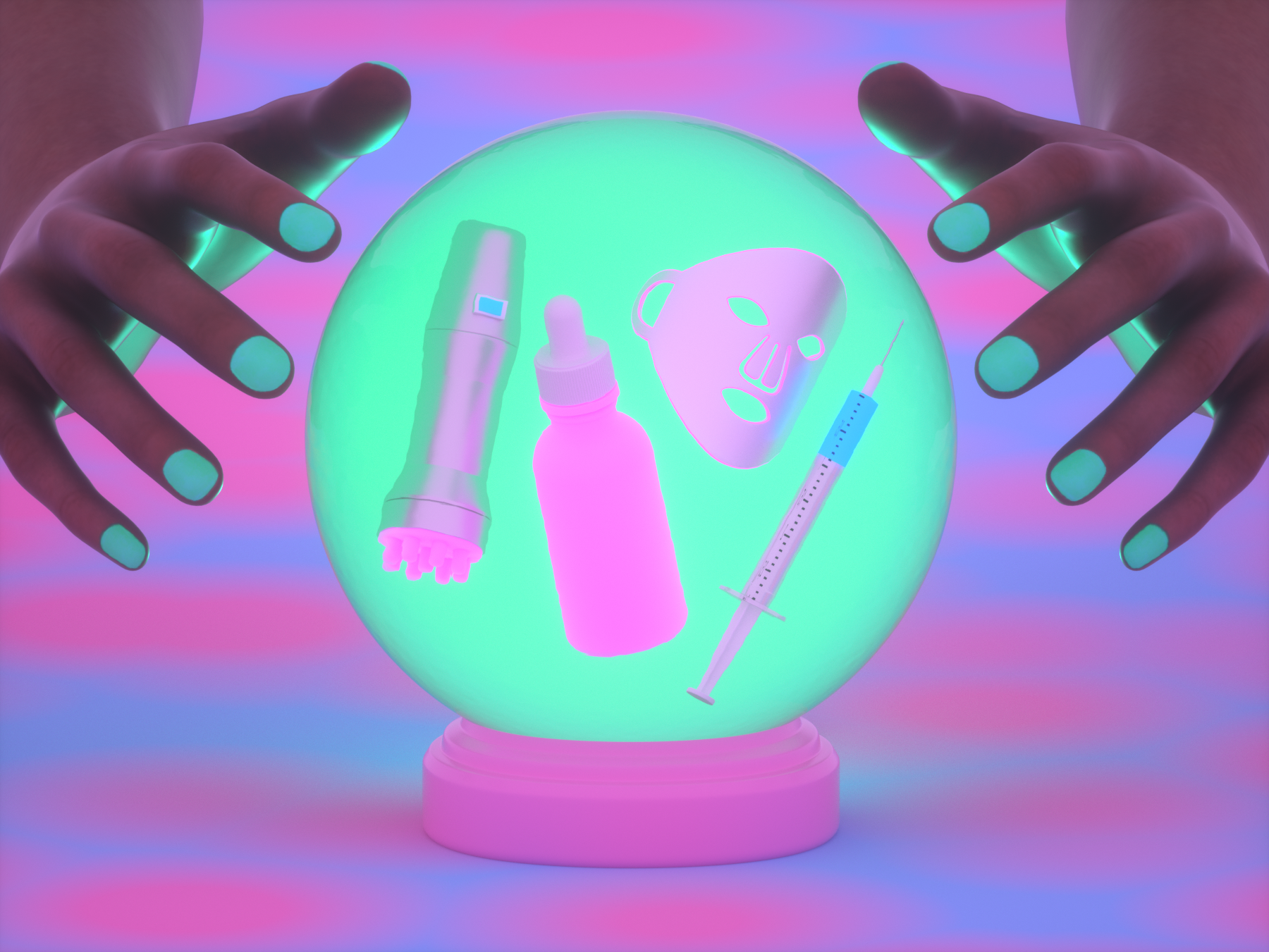

Acne scars are a common skin concern that can have a lasting impact on both physical appearance and mental health. These scars, which often result from deep pimples or acne breakouts, can be a source of distress for many individuals. While hyperpigmentation, which appears as flat brown or red marks, can fade over time, true acne scars—such as indented or raised lesions—require more specialized treatment approaches.
In a recent study published in Clinical, Cosmetic and Investigational Dermatology, researchers found that acne scars are often perceived as a permanent form of disfigurement by patients, leading to depressive symptoms, anxiety, and socially avoidant behaviors. Despite the negative impact of acne scars, advancements in skincare technology have led to the development of effective in-office treatments to reduce their appearance.
Board-certified dermatologists Y. Claire Chang, MD; Jeaneen A. Chappell, MD; and Hope Mitchell, MD, shared insights on how acne scars form, how to differentiate between different types of scars, and the best treatment options available. Acne scars are typically caused by the skin’s response to inflammation during the healing process of acne. Severe inflammation can damage collagen fibers in the skin, leading to pitted or raised scars.
There are different types of acne scars, including atrophic scars (indented) and hypertrophic scars (raised). Atrophic scars can be further categorized into ice pick, boxcar, and rolling scars based on their shape and depth. Hypertrophic scars, on the other hand, are raised bumps that can resemble keloids but are different in their formation.
While acne scars do not typically go away on their own, in-office treatments such as laser therapy, microneedling, PRP, subcision, and injectables can significantly improve their appearance. Laser treatments, both ablative and non-ablative, work by stimulating collagen production and resurfacing the skin. Microneedling creates controlled micro-injuries to promote collagen production, while PRP enhances the healing process. Subcision involves lifting indented skin to encourage tissue regrowth, and injectables can fill in depressed scars.
Although in-office treatments are the most effective way to address acne scars, some at-home remedies like topical retinoids and exfoliating products can also help improve their appearance. It’s important to consult with a board-certified dermatologist to determine the best treatment plan for your specific skin type and scar severity.
In conclusion, addressing acne scars may require time, patience, and dedication, but the results can be transformative for individuals struggling with the impact of these scars on their self-esteem and mental well-being. By seeking out professional guidance and exploring various treatment options, individuals can take steps towards smoother, clearer skin and improved confidence.
Job title: Salesforce Developer Company: Han Staffing Job description: salesforce apex visual Job Description:Our client…
Job title: JAVA DEVELOPER Company: Han Staffing Job description: End Client: WELLSFARGO Title: Java Developer…
Job title: Jr. Full Stack Developer Company: Leidos Job description: DescriptionJob Description:The Leidos Decision Advantage…
Job title: Jr. Full Stack Developer Company: Leidos Job description: DescriptionJob Description:The Leidos Decision Advantage…
Job title: Principal Software Developer Company: Oracle Job description: Job Description:As a member of the…
Job title: Sr Alfresco Developer- Lead Company: InterSources Job description: Job Title: Sr Alfresco Developer-…